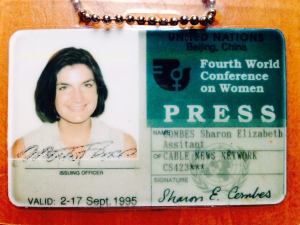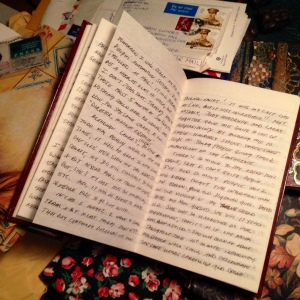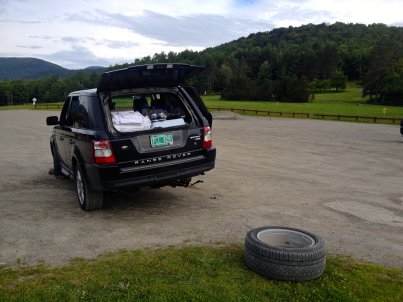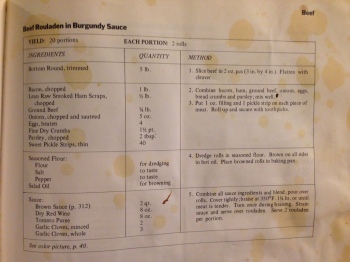In my bid to tell as many inn-keeping stories as possible in the run-up to my parents’ retirement as innkeepers of the Combes Family Inn, I’ve selected several anecdotes about winter guests from New York City. More specifically, they all hail from Manhattan.
Please don’t get the wrong idea. The Combes Family Inn loves (nearly) all of its guests, including those from New York. After all, New York, by far, is home to the largest chunk of inn guests through the years, right down to this very day. It’s also worth noting that my father is originally from Long Island. Sometimes, however, when people travel away from their urban lives and end up this far out in the country, strange things can happen. This is particularly true during winter storms.
(Above: The Combes Family Inn is within sight of Okemo Mountain Resort and is typically surrounded by bountiful snow all winter long.)
Back in the old days, my mother always stayed up for the last guests to arrive. During the ski seasons of the late 70s and early 80s, she spent many Friday nights (that stretched into Saturday mornings, if necessary) reading alone in the sitting room, waiting for guests to check-in for the weekend. One particularly snowy night, just before he retired for the evening, my father snow-blowed an extra wide path from the end of the inn’s long, curving driveway and down the 30-foot walk-way to the front door.
Several hours later, my mother was interrupted from her reading by the sound of an approaching car. Then, she was startled to see headlights pass right by the sitting room windows, where there is no driveway, just a sidewalk for guests to get to the front door by foot. By the time my mom got to the front door, the car was gone. But there stood two people with their luggage! As it turned out, it was a couple from Manhattan who had booked a reservation for the weekend.
(Above: The posts in the foreground of this photo now prevent cars from driving through the driveway and parking lot up to the front door. You wouldn’t think they’d be necessary. Evidently, they are!)
After exchanging pleasantries with the couple, my mother glanced into the parking lot, thinking about the headlights she had seen just moments earlier. “What happened to your car?” she asked.
The woman replied, “Oh. We were just a mile or so from here, when we came upon a guy by the side of the road whose car was stuck in a snow bank. We stopped to help him out, but it was too dark and too difficult to do anything. He explained that he really needed to get to his condo five miles up the road. We told him to jump in, and then we let him borrow our car after he dropped us off here.”
“Did you know him?” my mother asked, a bit incredulously. “No. But we’re sure he’ll bring our car back,” the man replied. My mother was shocked that they were so trusting of a stranger and feared that they would never see their car again.
Very early the next morning, when my father got up to prep for breakfast, he walked out to the parking lot and saw a gorgeous new BMW parked right out front. After the couple came down for breakfast and went out to check on the car, they told my parents that the stranger had not only returned their vehicle as he’d promised, but he also left a nice note and a 50-dollar bill in the cup holder!
Another time, when my mom was up late waiting for guests, she watched a huge black limo glide into the inn’s driveway. Curious, she went outside to meet the vehicle. The driver stepped out and explained that he had a couple from Manhattan in the back who wanted a room for the evening. Evidently they had hired the limo after clubbing in New York, and one of them had gotten the brilliant idea to visit a friend with a ski chalet at one of the southern Vermont ski areas. Mind you, this was before the era of everyone owning a cell phone. As the limo got deeper into Vermont, the passengers realized that they had no idea where their friend’s condo was. The limo driver saw the inn’s sign on Route 100 and was probably thinking he would drop the couple off there, presumably to just get them off his hands.
My mom took one look at the “post-party” couple sleeping it off in the back of the car and said, “Well, you can’t drop them off here.”
“What am I supposed to do?” asked the driver. People who know my mother will not be surprised that she replied: “You’re going to have to drive them back to New York City.” And, that’s exactly what he did.
After several years of successful inn-keeping, my mother stopped staying up after midnight, waiting for guests, opting instead to leave little notes with pleasantries and room assignments on the front door, which is inside a covered entryway.
One stormy winter night, a couple was driving to the inn from Manhattan, with their baby in tow. My father had gone to great lengths to set up a crib for them before he went to bed, at around 10 o’clock. My mom waited up another hour or so and then resorted to leaving a note on the front door. Later, in her slumber, Mom heard people come in at around two a.m. The next morning, mom saw the couple sitting at breakfast, but with no baby in sight.
“Wow. What a storm last night! It must have been frightful driving through that with the baby,” Mom said to them. They just nodded and smiled. My mother continued, “The baby must be sleeping really soundly.” Again, they just smiled. A few minutes later, they finished breakfast and asked for their bill; they had to be on their way.
About a minute later, the phone rang. It was the couple with the baby from Manhattan! They explained that the driving had been so bad during the storm the previous night that they had to stop halfway and spend the night en route. They would be arriving at my parents’ inn in just a few hours!
Mom didn’t tell the other couple what she had learned. Instead, she processed their payment and dashed to the room to clean it and make it ready for the family that had actually reserved it. She figured out that the first couple must have been desperate when they happened upon the inn during the storm. Seeing the note, they likely assumed that the people with the reservation wouldn’t make it, in such bad weather.
(Above: The inn’s long drive way curves around the side of the inn and around the motel units. The entrance is on the opposite side of the building, at the end of the long driveway and walkway. Also pictured, the “back side” of the inn, with a view of the back door and fire stairs; you pass by this side of the inn as you travel through the driveway and into the parking lot.)
During another snowstorm, a woman from Manhattan got confused about how to enter the inn. Instead of following the driveway all the way around the inn to the actual entrance, she stopped her car on the side by the back door. She then proceeded to hike through the snow and ice and found the back door either stuck or locked. So, she hiked through more snow and ice and climbed up the fire stairs, which lead to a door on the second floor. A moment later, my parents were startled to hear a knock on their upstairs bedroom door. When my mother opened it, the woman said, “Gee. Your inn is really hard to get into.”
Mom looked her up and down and noticed she was in high heels and that her nylons were completely shredded on both legs. Without missing a beat, Mom said, “I guess so.”












